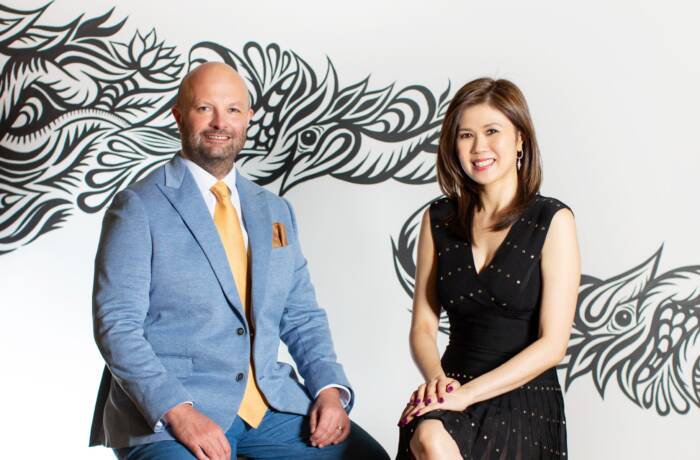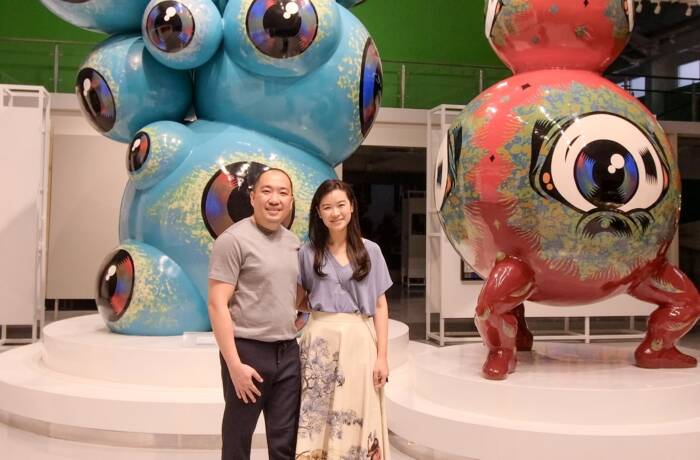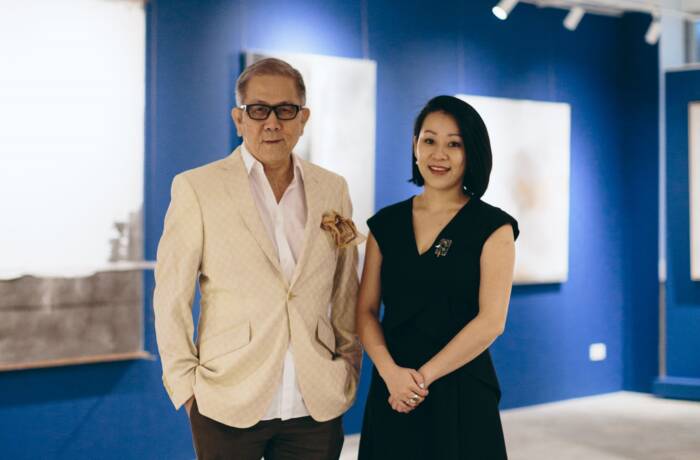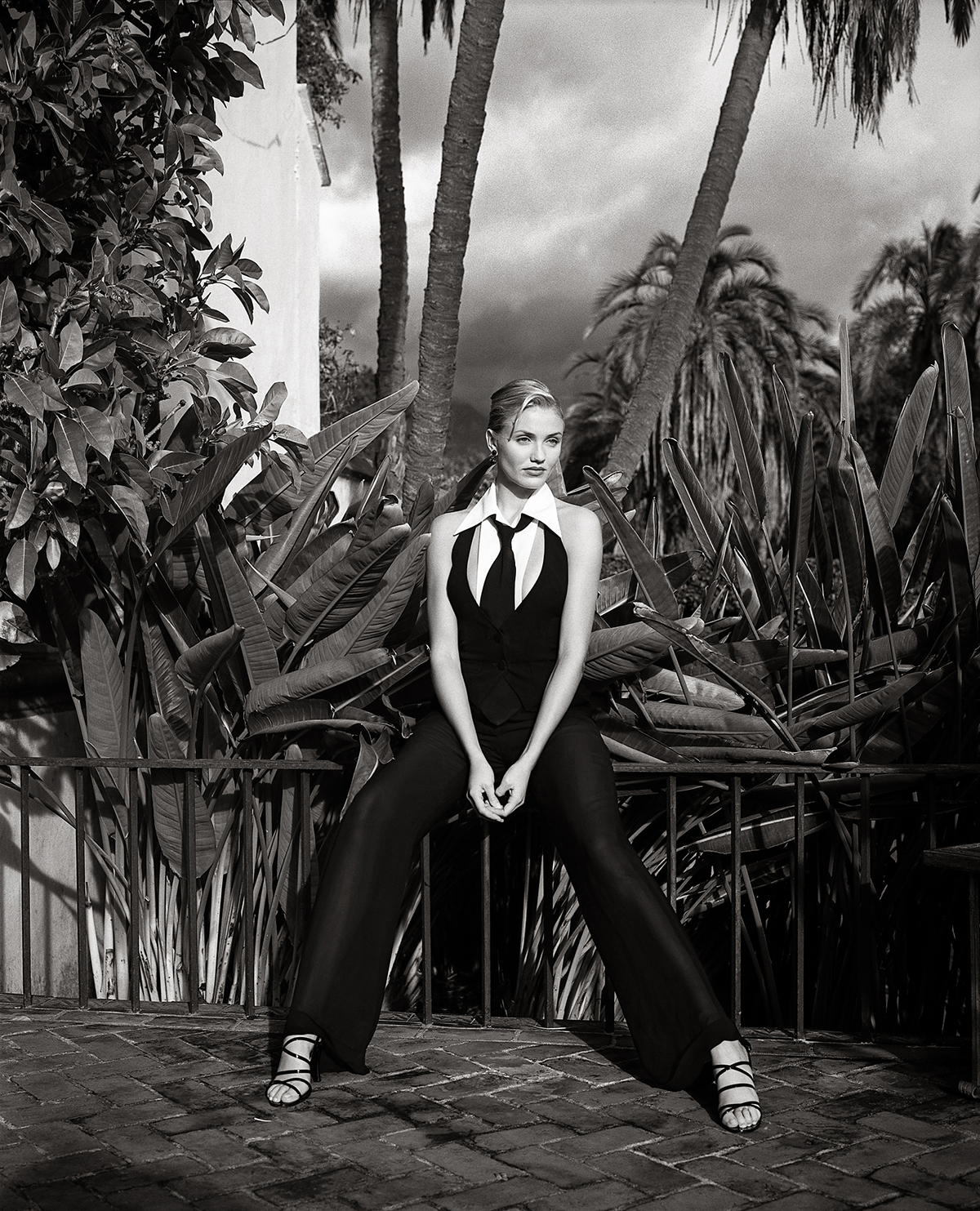
Cameron Diaz on Patio, Mission Santa Barbara, California ©1995 George Holz
American photographer George Holz, known for his fashion and celebrity portraiture, was once the assistant to the iconic, Helmut Newton. Here he speaks to Maryam Eisler, at the Maker Hotel, Hudson New York, about his close relationship to Newton and how he built his own illustrious career.
Maryam Eisler: George, what is occupying your mind these days?
George Holz: It feels like I’m a bear coming out of a long hibernation. But right now, I feel like the world is my oyster. It’s a nice feeling. I’m in the middle of working on a few projects. One is my book of nudes. I was about to finish it, and then it got sidelined by Covid. This is my second monograph. It’ll be a 40 year retrospective of my nudes. I’m also working on another book project which I’m not at liberty to talk about yet.
Follow LUX on Instagram: luxthemagazine
Maryam Eisler: Let’s step back in time to your Newton years. Given that you were one of Helmut’s key assistants, what are the best memories you hold from those years?
George Holz: That’ always a tough question. I think it evolves with time as I step further back and watch what is happening with his legacy. To me, he was like a second father, my photography father, and June (Newton) was my photography mother. They didn’t have kids so they took a few of us under their wing in the 70s. It wasn’t so much about learning technically; it was more about being around him and seeing how he dealt with the models and with the clients. That was not stuff I had learnt at the Art Center College of Design in Pasadena. Just seeing how Helmut dealt with a situation creatively and how he problem-solved was incredible. Still on shoots today, I often think ‘what would Helmut do? How would he handle the situation?’ He also taught me how to look at film and all the behind -the -scenes stuff: making phone calls, casting and location hunting, all of which I did for him. I often recall the Van Halen shoot or tying David Lee Roth up in chains; seeing the photos in a book or a museum often make me think: “Wow I did those chains!” Now that I step back, I realise that I was part of all of that. And then, there was the human aspect of Helmut, something you don’t necessarily pick up on in a museum show or in a documentary.
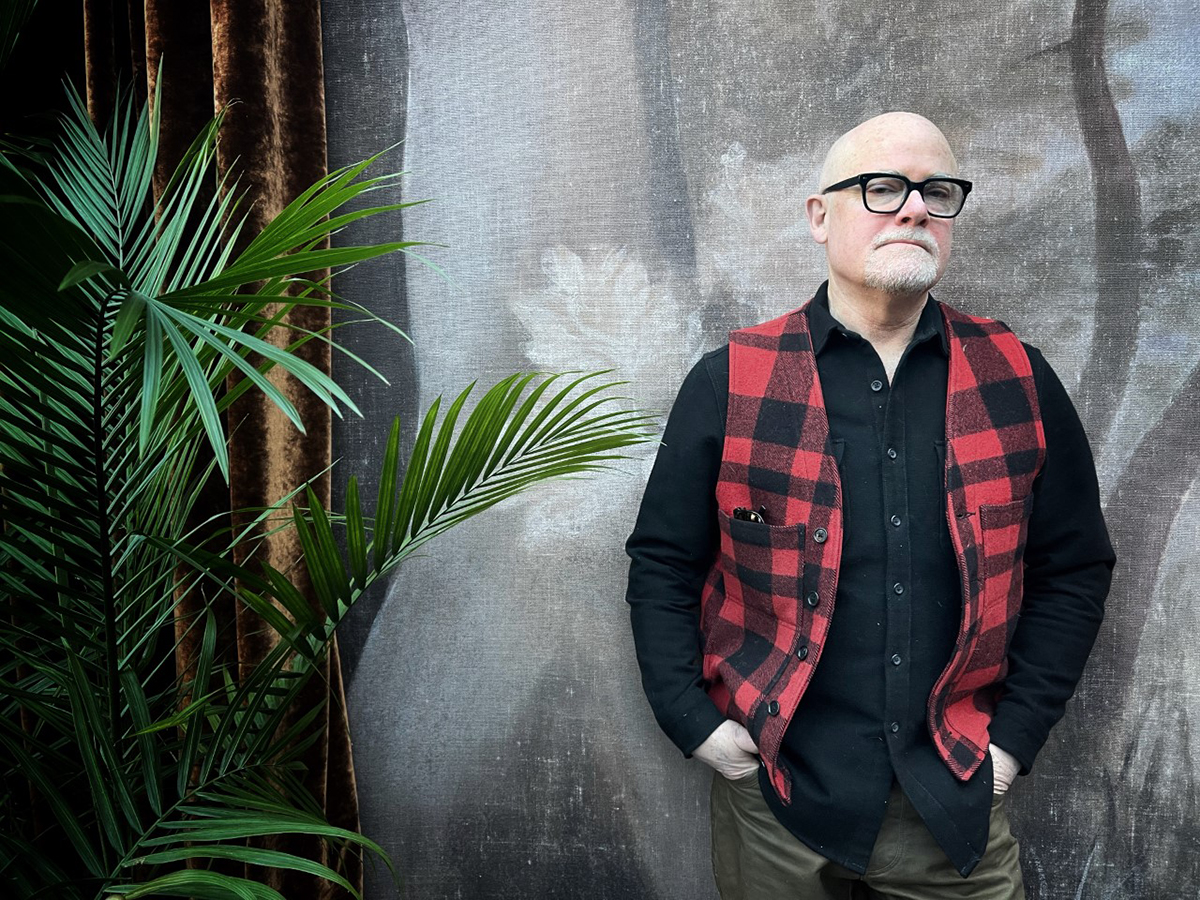
George Holz photographed at the Maker Hotel in Hudson, New York. Photo by Maryam Eisler
Maryam Eisler: To what would you attribute Newton’s ever continuing relevance in today’s art world? Some may question his motives regarding objectifying women, but it seems that they are far and few in between.
George Holz: We were at a press conference at the Foundation in Berlin in 2019, and some journalists were hurling those types of questions at the panel – which consisted of myself, Mark Arbeit and Just Loomis (the three of us were part of the ‘ Three Boys from Pasadena ‘ exhibition at the foundation ) alongside the director, Matthias Harder, and, publisher, Benedikt Taschen. And, everyone answered the questions in a similar manner: Helmut was very demanding creatively. He loved women, he venerated their beauty and he empowered them. He never took advantage of his power or his position and was always very professional. I think a lot of that had to do with June (his wife) always in the background.
Maryam Eisler: Now onto you. What is your most memorable moment when it comes to your Hollywood-focused body of work?
George Holz: Photographing Brad Pitt fishing in the stream for People magazine around the time of A River Runs Through It … I actually got to give him some pointers on fly fishing, because I’m a big fly fisherman. He was a good student. He wasn’t very famous then. Luckily, I got to photograph many celebrities very early on, at the start of their careers like Madonna, and Angelina Jolie. I worked a lot with Jennifer Aniston. I was lucky to work with InStyle magazine. What a great magazine that was! One of the things that I loved about it was that they often gave me a two-day window to work with somebody because I was photographing them in their home. So, you really got to know them, you met their kids, you saw their whole life. I got Carly Simon in her bathtub with a lobster, just crazy things and great moments.
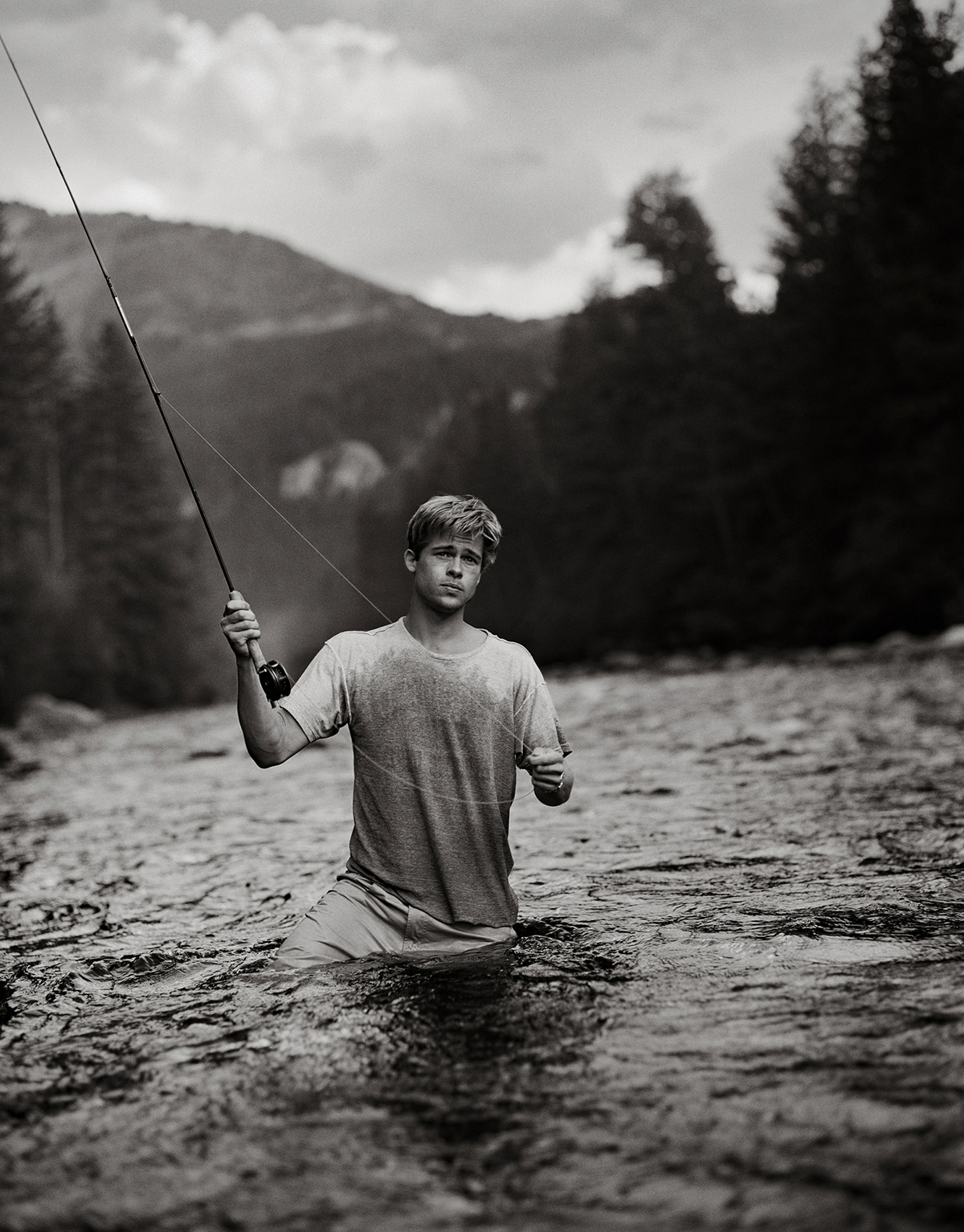
Brad Pitt, A River Runs Through It, Montana ©1991 George Holz
Maryam Eisler: Ultimately, it boils down to trust between you and your subjects; does it not?
George Holz: It is all about trust, the one big word. A lot of these shoots were done before the internet. It was about having that human rapport with somebody where you would build trust…they liked you, they laughed with you, they saw a couple of polaroids and they would give their ok! Someone like Andie MacDowell I worked with a lot, photographing her for Macy’s catalogues and more. I remember her going to acting classes and I photographed her, her family, her babies. To this day, when she comes to town, she calls, we get dinner together. Lauren Hutton comes to my openings. It’s like old friends; you don’t always see them but they are in your orbit and they’re there for you.
Maryam Eisler: Who would you say best understands your work?
George Holz: My wife Jennifer. She gets me. She organises my crazy ideas and puts them on paper. I’m always able to bounce things off of her. It’s like Helmut and June. Behind every great artist there’s a great partner. She also trusts me. That’s very important because I couldn’t do it on my own.
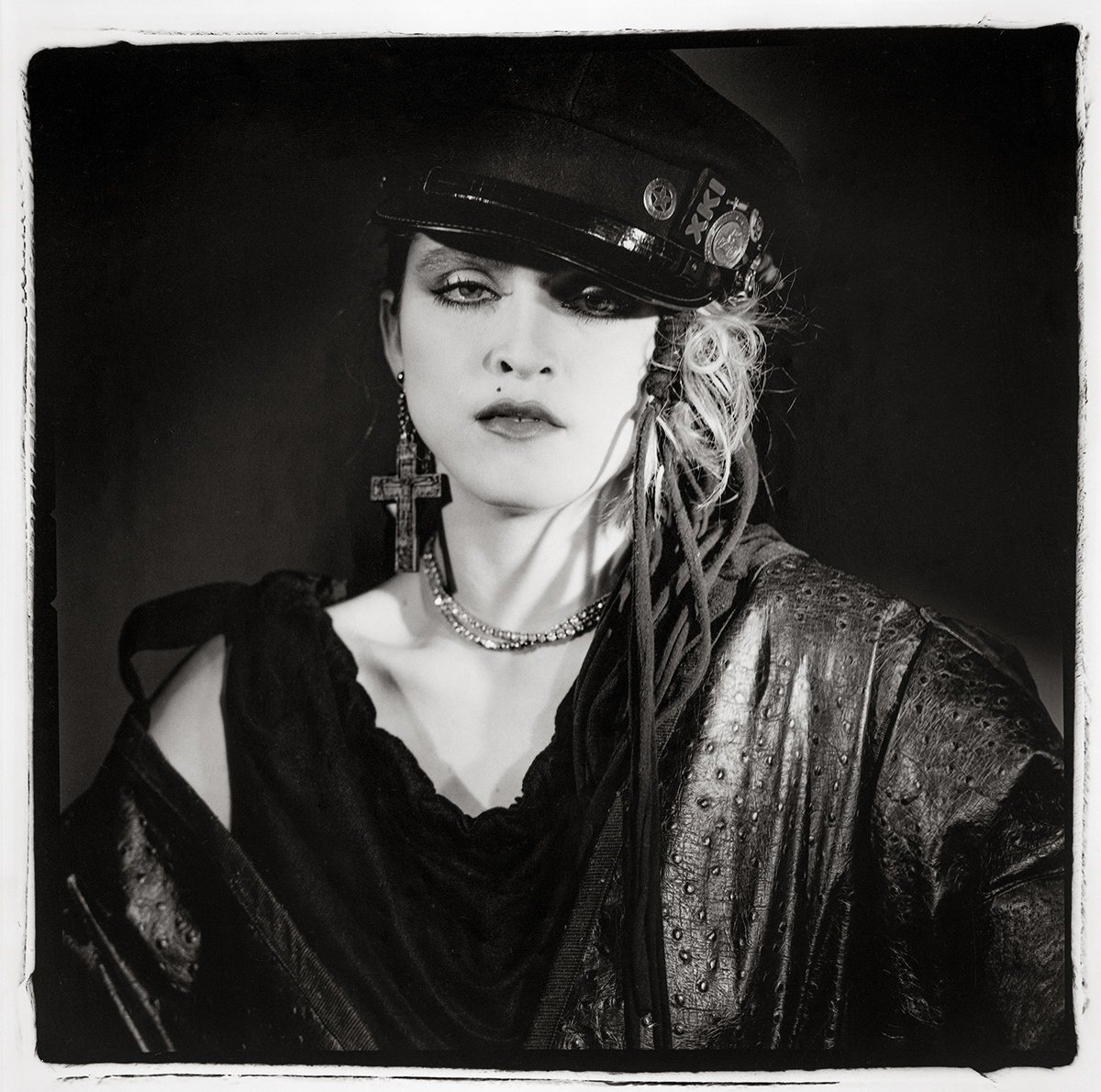
Madonna, Interview Magazine, Los Angeles, California ©1983 George Holz
Maryam Eisler: Can you talk to me about your fascination with the female form and energy.
George Holz: You (Maryam) have a female gaze on this topic and you get it. I have the male gaze, but we both look at female figures as things of beauty. It’s something I’ve done for so long, and the work has really changed and evolved. It’s becoming more refined. I often look at old contact sheets and there’s always something hidden I find, maybe a lot deeper and more interesting and I often think ‘how did I pass that up’. I remember seeing the big Penn show at The Met and he had several prints of the same image over the years, and he said ‘they’re all my prints; it’s just my perception of what I thought was a beautiful print that changed over thirty years.’ Getting back to the female form, I guess it’s kind of timeless. It’s absolute and pure in its beauty. To me it’s the ultimate portrait. Nothing dates it. I’m kind of wanting to get more stuff in the studio again, like my earlier works with objects and form in shadows and light.
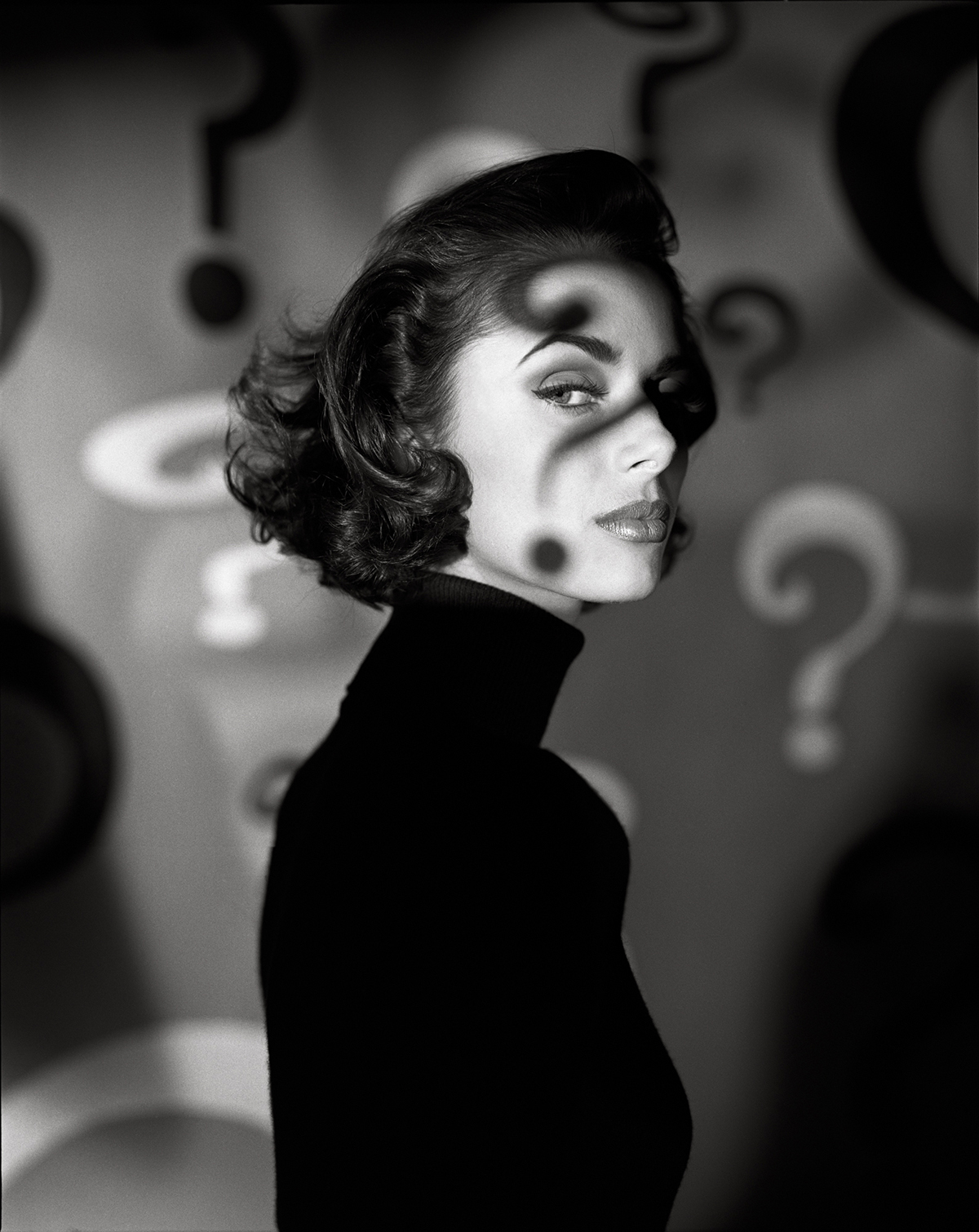
Heather Stewart-Whyte, My What? New York ©1991 George Holz
Maryam Eisler: How do you feel about Instagram? Does it push your boundaries and force you to differentiate further vs. what’s out there?
Read more: The LUX Art Diary: Exhibitions to See in March
George Holz: I think we are all affected by what we see on Instagram, whether we’re a photographer or not, bombarded by so much visual imagery. What it says to me is that there are a lot of amateurs out there, just shooting and some of it is really interesting work. But it has forced me to re-evaluate my own work again and get back to what I was trained to do, to what I was best at … 40 to 50 years of learning the craft of photography. Getting behind the camera and working with lights. It’s getting back to the basics. That’s where my comfort zone lies.
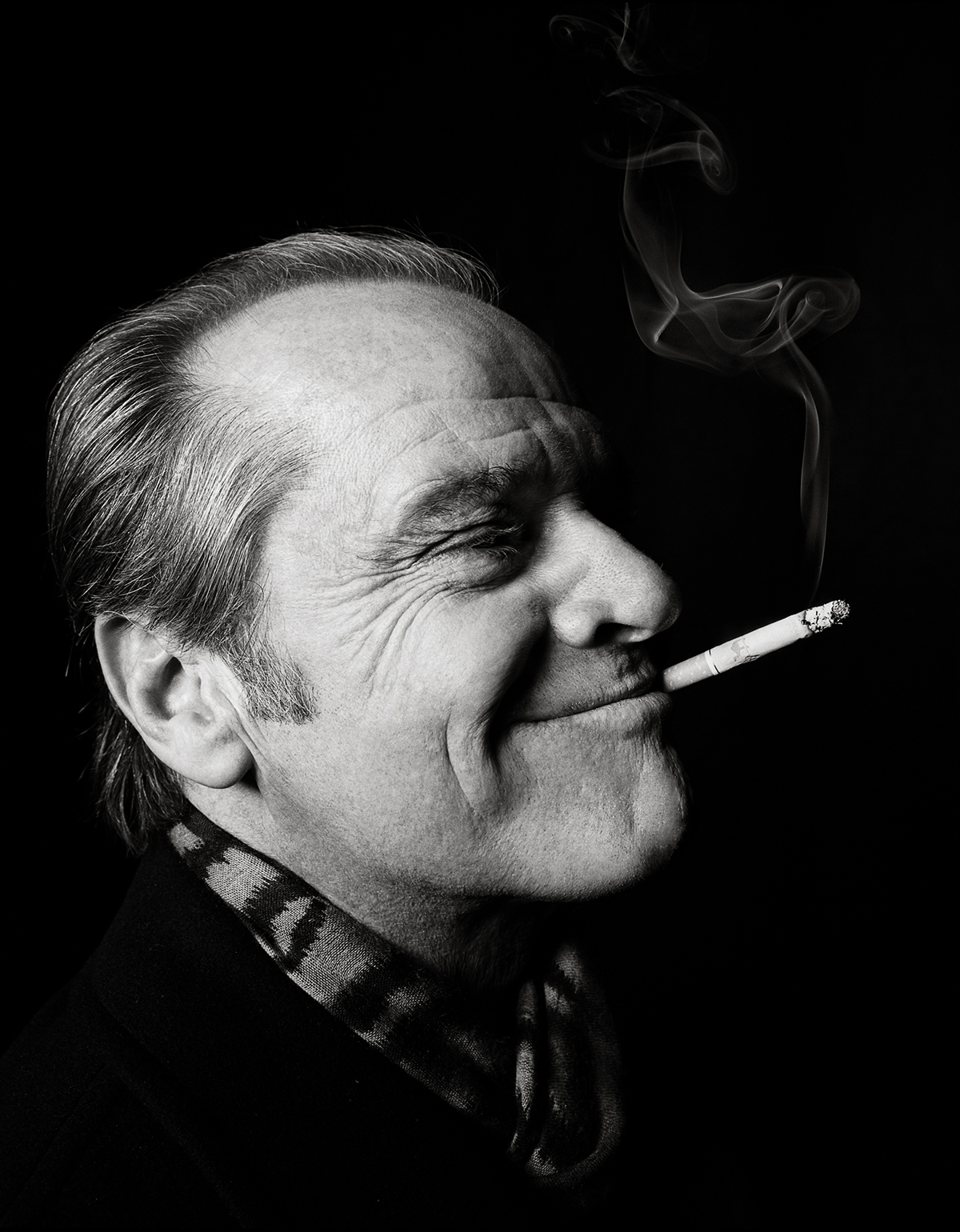
Jack with Camel, Los Angeles ©1997 George Holz
Maryam Eisler: Now onto your split life between your public life centred around the urban
(New York, LA ..) and your private life on your farm, set against the beauty of the Catskills, away from the rat race.
George Holz: With the internet, everything is instant. So you can still be part of that rat race in a virtual way, and instantaneously step out of it into beautiful nature if you choose to do so. Originally, we got the property as a refuge from the city, a place we would come up to on weekends and then that kind of segued into a more full time situation, first with 9/11, then Covid. The industry also changed as did family life. So, my country home became command central whilst I still continued to travel here and there. In the old days, my studio was in the city, but I was always separated from it. Now, if in the middle of the night I want to look at some contact sheets, I just walk over to the studio and it’s right there.
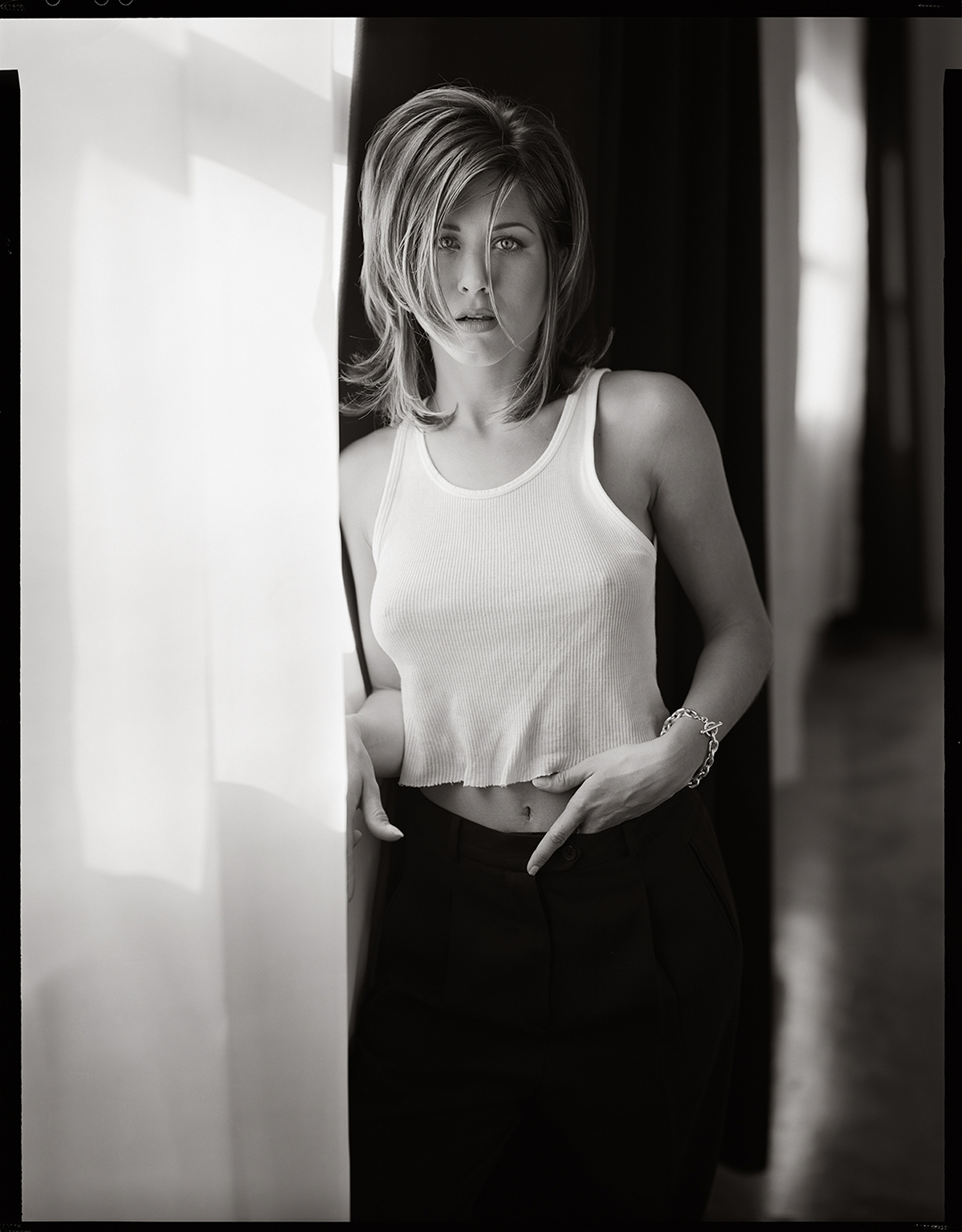
Jennifer Aniston, Los Angeles ©1995 George Holz
Maryam Eisler: We’re sitting in Hudson Valley, in the midst of its artistic legacy, not too far away from Holz Farm. What are your impressions of this part of the world and why here?
George Holz: I’ve been shooting pictures at my property in upstate New York, for the last 40 years and always loved the history and gorgeous Hudson River School light. Our road has always had artists and musicians and there was always that ‘Je ne sais quoi.’ You can’t put your finger on it, but it’s just a really cool creative place and not many places have that. I think Berlin has that, I think Paris, Milan has that. Venice has always attracted a lot of artists. I think there is a reason why so many artists and musicians flock to Upstate, as opposed to the Hamptons for example. Since Covid, there has been an even bigger exodus of people out of the city. We are seeing a lot more full-timers and there’s a real sense of community now. We have wonderful restaurants. We are sitting here in this beautiful hotel (‘The Maker’), and it kind of feels like we’re back in the city. And yet, the locals keep it real and that too is really important.
Find out more:

